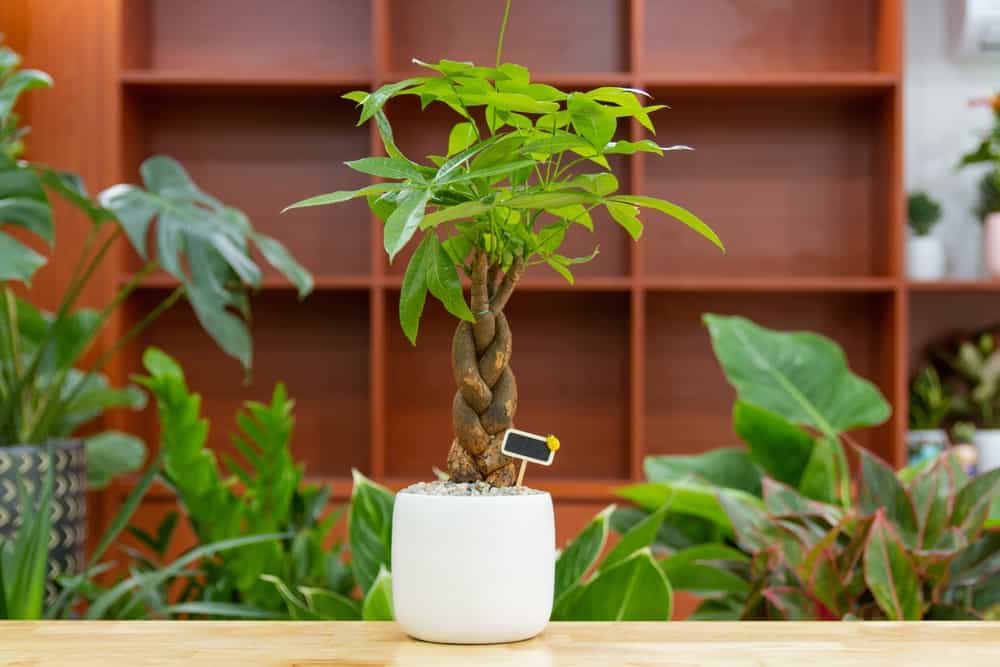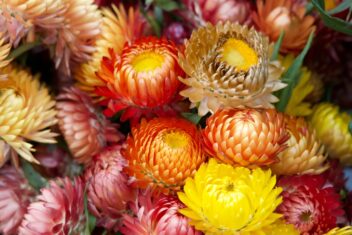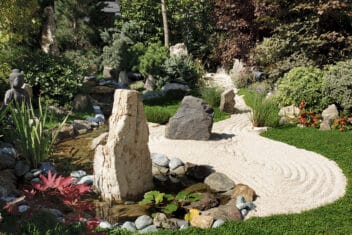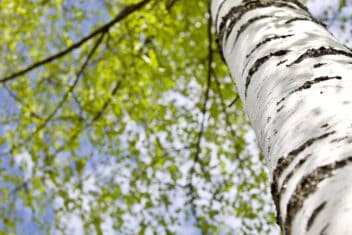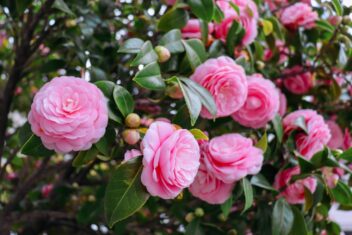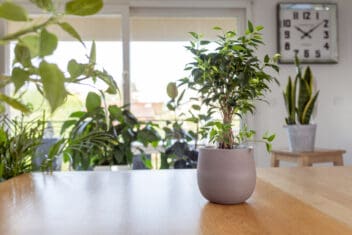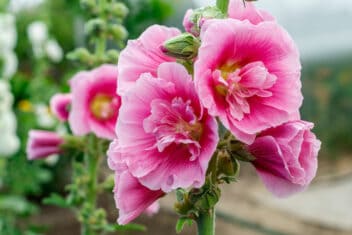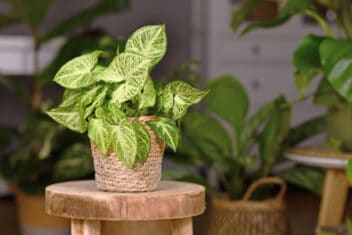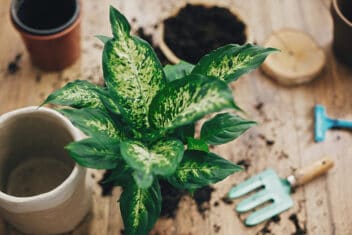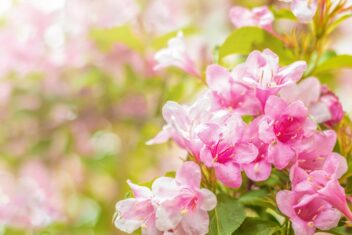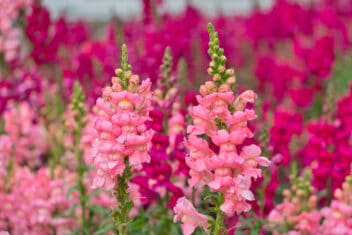Money trees are popular plants found in and outside of homes across the world. You often see this tree in pots with its trunks braided together to create a beautiful display.
Not only does this plant add to your decor, but it’s one of the easiest plants to take care of.
This article will give you everything you need to know about planting money trees, looking after them, and any potential problems you might run into with this plant.
A Bit About Money Tree Plants
Money tree plants (Pachira aquatica) originate from Mexico and South America and they can grow up to 60 feet tall under the right conditions. However, they are most commonly used as decorative plants potted in small pots and kept indoors, where they top out at about eight feet.
They’re also known as Guiana chestnuts, and outdoors they have massive, showy flowers and large, edible nuts.
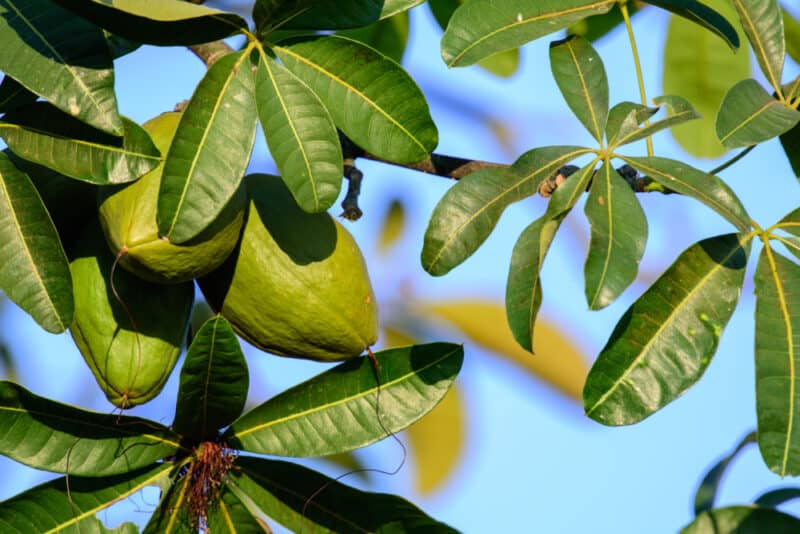
Even though this article will talk solely about growing the Pachira aquatica species, there are other plants out there that go by the name “money tree” or “money plant.”
These are Crassula ovata, more commonly known as jade plants, Lunaria annua, also called honesty plants, and Epipremnum aureum, aka pothos. Pennyworts (Hydrocotyle vulgaris) and Chinese money plants (Pilea peperomioides) may also be confused with Pachira aquatica.
Despite there being many different plants that include the word “money” in their moniker, the Pachira aquatica is unique. According to the Chinese art of Feng Shui, this species is meant to bring luck and prosperity. If you’re looking to bring some luck into your home or a gift, then this is the plant!
How to Grow Money Trees
First things first. When you bring home your plant, you need to decide if you want to re-pot it. While you can keep your plant in a temporary nursery pot, it will do better if you transfer it to a more substantial container. If you purchased your money tree in a decorative pot, you can leave it there for the first year.
After the first year or so, you’ll likely need to upgrade to a container that is one size up so that the roots have more room to grow. Don’t go too large, though. Money trees prefer to be a little rootbound.
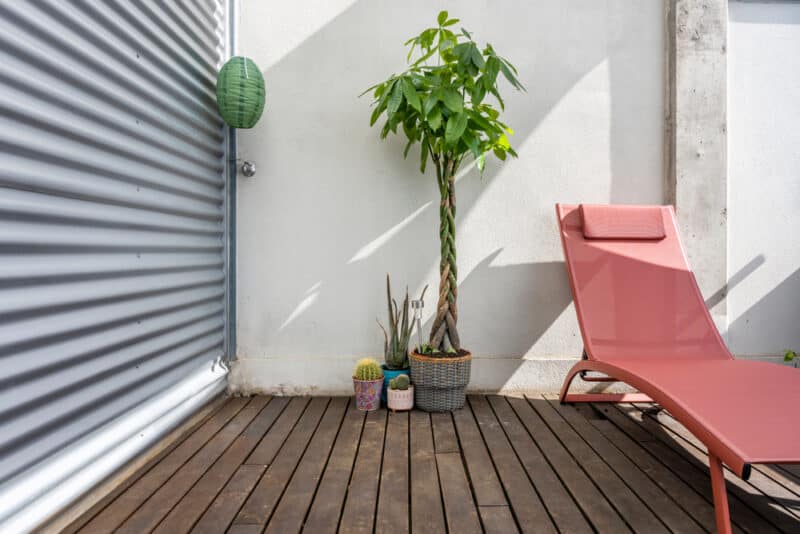
Money trees can’t handle cold temperatures. If you decide to grow yours outside in a container and you live in USDA Growing Zone 9 or below, you’ll have to bring it inside once the temperatures drop.
Light and Temperature
When it comes to the right amount of light for growing money trees, look for indirect, bright sunlight. They can even grow under fluorescent lighting, which is why they make a perfect desk companion on your office desk.
Too much direct sunlight will damage this plant, so be extra careful about how much light exposure it receives. If the leaves start to turn yellow, that’s a sign that it might be getting too much sunlight. Move it to a more shaded area or hang sheer curtains over your window.
Rotate your plant regularly to allow for equal light distribution so the leaves and stem grow evenly.
Money tree plants need high humidity and average room temperatures to thrive. The best temperature is between 53°F and 77°F (12°C–25°C). Anything below 50°F is too cold for your plant.
Feeding
Feeding your money tree plant is simple. All it needs is slow-release bonsai fertilizer, like the one made by Perfect Plants, in the spring and fall. If you tend to forget to fertilize, mark it in your planner or set a reminder on your phone.
Watering
Never overwater your money tree plant or it will be susceptible to disease. To avoid drowning your plant with too much water, allow the top inch of soil to dry out between watering. To check, stick your finger into the soil every few days. Once the soil is dry to your top knuckle, add water.
When you do water, wait until the water runs out of the draining holes at the bottom of the pot and then stop. Empty the catchment after 20 minutes.
During the winter, reduce the amount of water you give. Let the top two inches of soil dry out, since money trees aren’t growing and are in a dormant state at this time.
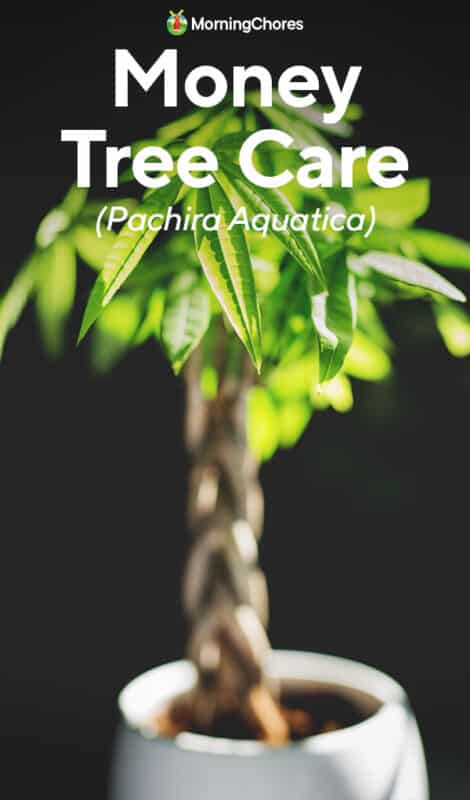
Maintening Your Money Tree Plant
Money tree plants are low maintenance, which makes them the ideal plant for beginner plant growers. They’re ideal for those looking to get started with plant care but don’t want anything too overwhelming.
If you spot leaves dying or yellowing, prune them off. Wipe away dust on leaves with a damp cloth every few weeks or so.
Unless your plant has dead or diseases leaves, plan on pruning in the spring. You should also keep an eye on the growth of your money tree plant. They can grow fast, so pruning might be necessary if things start to get out of hand.
To prune, use a clean pair of secateurs and trim back to a leaf node, which encourages branching.
Sometimes your money tree plant can become top-heavy, with too much foliage on top for the stems to support. If you prune the plant regularly this shouldn’t be a problem and it will keep the plant equally weighted.
If you like the look of a braided trunk, you’ll need to braid it yourself or continue braiding one that you’ve purchased pre-braided. The money tree plant doesn’t braid itself, naturally. Therefore, if you want to braid your plant then you will need to start with young, pliable trunks. Gently wind them around each other and allow the trunks to harden.
As money trees continue growing, you will continually need to braid the stems together to maintain the look. You can secure them temporarily with twine, if necessary.
Common Problems, Pests and Diseases
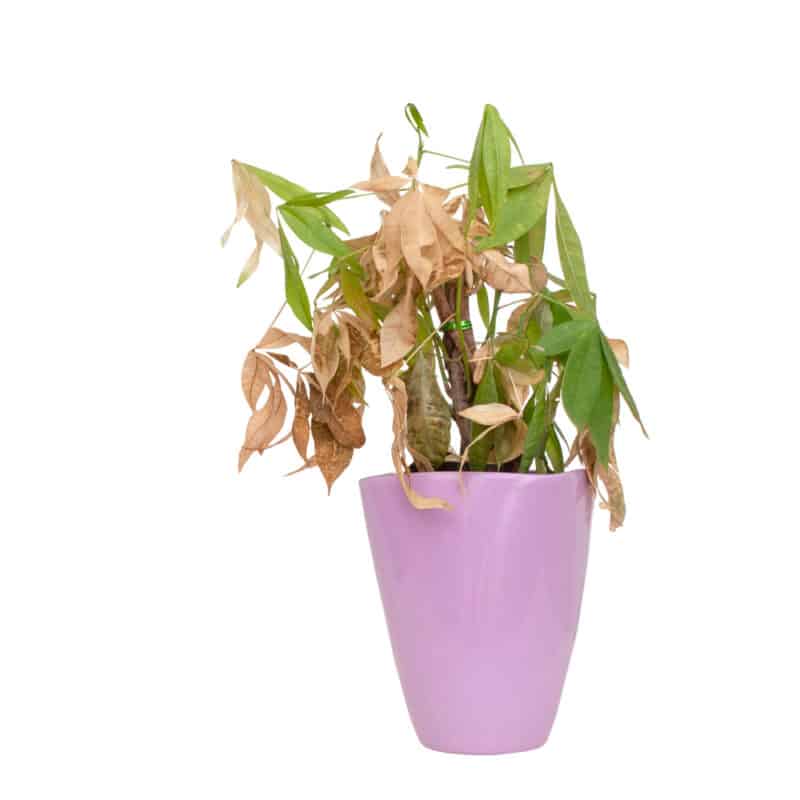
Every plant, including the money tree plant, has its own problems, diseases, and pests. That said, a well-maintained plant will usually stay quite healthy.
Root Rot
One of the main problems is root rot. This type of problem can happen when the soil is too moist and there isn’t enough drainage. You can avoid root rot by being cautious about your watering schedule.
Root rot results in yellow or brown leaves and wilting. If you remove the plant from its container and examine the roots, they will be mushy and black.
This is a fungal issue or one of simply using too much water. Either way, you’ll need to treat for both since it’s hard to be sure what the problem is caused by. Remove the plant from its container and brush away as much soil as you can. Trim away any dead, black, or mushy roots.
Next, spray the roots with a copper-based fungicide like the one made by Bonide, which comes in ready-to-spray bottles.
Wipe down the container with a mix of one part isopropyl alcohol and 10 parts water and refill with fresh potting soil. Place your plant in the container, fill in around it with more soil, and spray with more copper fungicide. Re-apply the fungicide every two weeks for two months. Also, be very careful not to overwater.
Pests
The money tree plant can be infected with aphids, mealybugs, spider mites, or scale insects. Luckily, there is one great solution to all of these problems – neem oil.
However, for specific problems like spider mites, you can wash the plant and increase the humidity in the surrounding area to cure your plant of these pests. For scale insects, you can also try rubbing alcohol, soap, and water onto the leaves. This should get rid of scale insects.
For more tips on controlling pests on houseplants, head to our guide on the topic.
Are Money Trees Poisonous
If you are wondering, “are they poisonous?” be at ease. The money tree plant is considered safe. In fact, in the countries where the Pachira aquatica grows outdoors, it produces nuts that can be roasted and eaten.
It’s also safe to keep around pets such as dogs or cats, according to the ASPCA. In other words, it’s a fantastic choice for an indoor plant if you have pets or children in the house.
Bring Luck Into Your Life With the Money Tree Plant
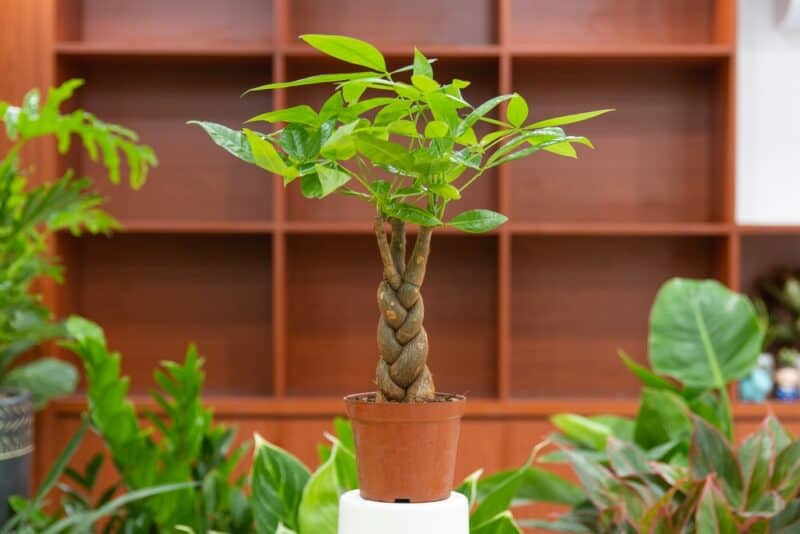
As long as you have the right environment, and properly look after your money tree plant, then you should have no problems growing it in your home. It’s perfect for a beginner looking to explore plant care, or an experienced planter who wants something low maintenance and decorative for their home.
Either way, Pachira aquatica is a lovely plant and will make a wonderful addition to your space.
The money tree plant will not only add an eye-catching display to your space, but it’s also thought to bring you luck. If you want to bring prosperity into your home with this plant, then you should prioritize braiding the trunk or buying one with a braided trunk. In Feng Shui, this purportedly increases its lucky characteristics.
Then, you just need to sit back and wait for the magic to happen!
